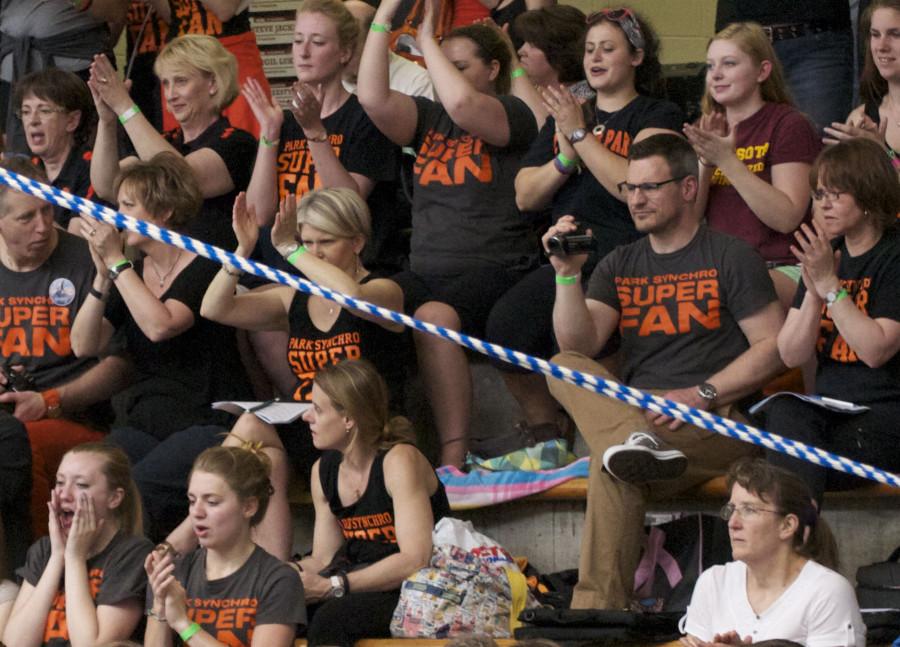Smaller sports require more supporters
May 29, 2014
While some athletes are supported by hundreds of fans, others face matches without the spirit of a crowd that makes a showdown special.
Teams such as synchronized swimming, which won sections for 19 years in a row often only have the support of parents or good friends of athletes. While these crowds are often very vocal, they are smaller than the groups at other sport events. They have competitive schedules and huge victories but do not get the same kind of student support during their seasons that is seen in some of the more popular sports.
While having more fans might not seem like a big deal for high school sports, the attitude and support of the crowd often creates the “homefield advantage”, in a 2002 study by Anna Waters and Geoff Lovell, the support of a crowd during a home game can have a direct impact through attitudes and confidence of the players. Players reported having more confidence in themselves and the team.
The difference between a small group and a larger crowd can be an important factor in these games. These emotions can help drive a team to victory and success.
If students wish to help athletes by going to games, it is important that classmates try going and supporting less popular or unrecognized teams. Going to a variety of sports can also be more interesting for fans than simply attending the same games each season. The support from classmates and friends can make the matches more exciting for fans and players alike. Knowledge of the rules of the sport is not required for support, only an enthusiastic cheer.
While it is beneficial to give encouragement during the more common games such as the homecoming game, students should stand behind around smaller teams and help spread Park pride and success.
To make the best experience for Park athletes and fans at important games it is up to students to rally behind Park teams no matter how popular the sport is.




